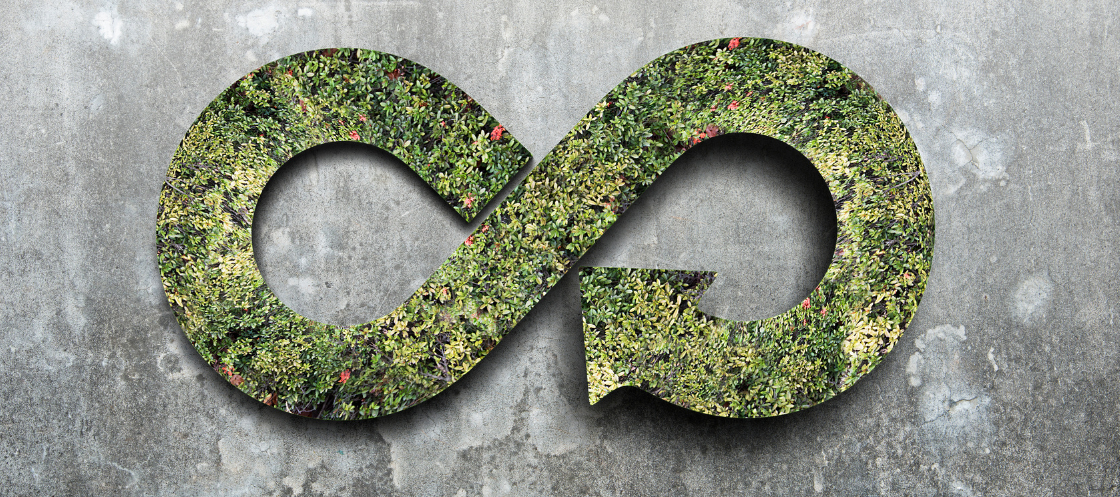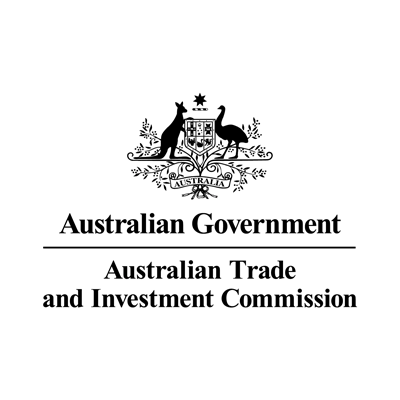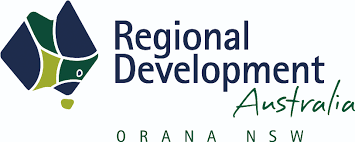New investor guide maps out risks and returns in circular transition
Circular Australia and Mercer have released new research showing that investors and lenders can profitably support Australia’s shift from a linear “take, make, waste” model to a circular economy, with new tools identifying the most exposed sectors — including energy, resources, and manufacturing.

A new set of reports from Circular Australia and Mercer presents a practical path for the financial sector to support the shift towards a circular economy, showing that moving away from linear business models can reduce risk and create new value.
The Circular Economy for Investors and Lenders report, along with the companion Circular Investor & Lender Guide, uses detailed heatmaps to show which industries face the greatest risks from embodied carbon, resource dependency, waste, and supply chain pressures. These insights are designed to help banks, super funds, and investors identify where capital can drive the transition to more circular, low-waste systems — particularly in energy and resources.
Circular Australia CEO Lisa McLean said the traditional approach of extracting, producing, and discarding materials is now carrying rising financial and environmental risk.
“Today the linear ‘take make waste’ economic approach comes with significant material risk with waste at every step of the value chain,” Ms McLean said.
She added that future growth targets can’t be met if supply chains continue to rely on finite resources and high-carbon processes.
“Enduring economic outcomes, net zero emissions and nature positive objectives cannot be realised with an ongoing dependency on linear supply chain models to deliver growth ambitions,” she said.
The reports argue that the transition is now practical and measurable within standard investment and lending frameworks. Using both qualitative and quantitative data, institutions can compare linear and circular approaches within portfolios, apply available metrics, and take actions such as adjusting asset weightings or engaging companies to improve resource efficiency.
Heatmaps reveal sector risks
For the first time, Circular Economy Heatmaps have been used to visualise the main vulnerabilities in several sectors, including:
-
Embodied carbon in materials and products
-
Exposure to climate change impacts
-
Reliance on natural resources
-
Waste and supply chain impacts on communities and reputation
These insights point to priority areas for energy producers, mining firms, and heavy manufacturers that face mounting risks from carbon intensity and material inefficiency.
National targets and economic potential
Leadership from the financial sector is described as vital for meeting Australia’s Circular Economy Framework targets — doubling the national circularity rate by 2035, cutting the material footprint by 10%, increasing material productivity by 30%, and safely recovering 80% of resources that are currently wasted.
Ms McLean said the new reports “enable Australia’s finance sector to align with global economies – putting the circular economy at the forefront of productivity to design out waste and generate new jobs and industries – utilising secondary resources.”
What a circular economy means
The reports define a circular economy as one that decouples economic growth from the consumption of finite resources and waste generation. It rests on three key principles:
-
Design out waste and pollution
-
Keep products and materials in use
-
Regenerate natural systems
For businesses in the energy and resources sectors, the message is clear: adopting circular practices is no longer a matter of corporate responsibility but a financial imperative that investors are now equipped to measure and act on.
















